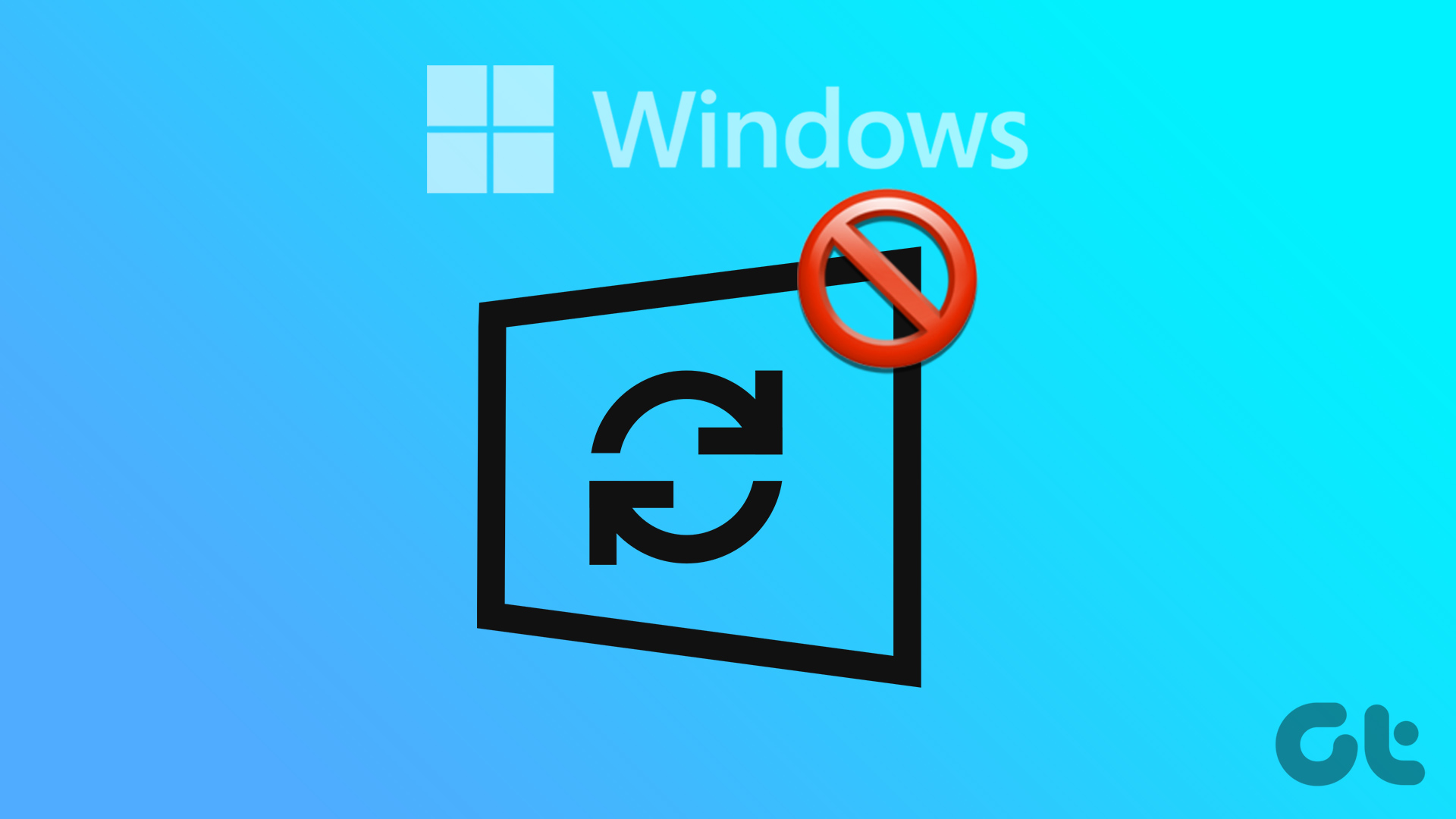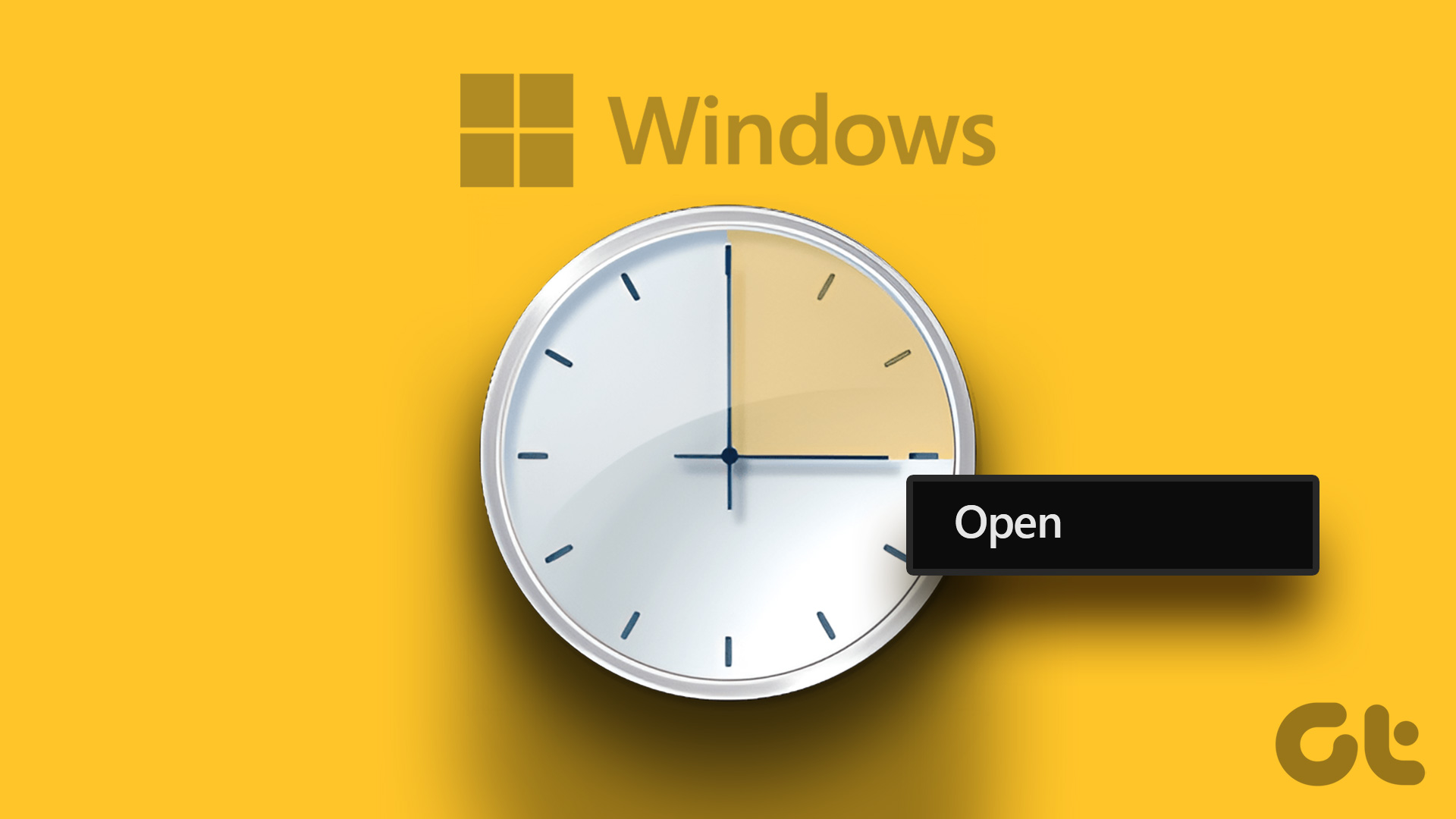Note: For the sake of this article, we will go with PowerShell.
In the prompt, clickYes.
Step 2: key in the following command and pressEnter.

The Task Manager gets disabled.
If you want to enable Task Manager, key in the below command.
Your Windows Task Manager is back to normal now.

If you want to suspend the Task Manager using a different method, follow along.
In the prompt, select Yes.
Step 2:In the top address bar, enter the mentioned address.

Step 3: Under the System folder, right-click, selectNew, and chooseDWORD (32-bit) Value.
Step 4:TypeDisableTaskMgrin the name field.
Step 5: Double-click thenew value, type1in the Value Data field, and pressOK.

Finally, reboot the system to implement the changes.
When the system boots back up, the Task Manager will be disabled.
Step 1: Press theWindows keys, typegpedit.msc, and clickOpen.

Step 2: In the left pane, under Local Computer Policy, selectComputer Configuration.
Step 3:In the right pane, double-click onAdministrative Templates.
Step 4: Select theSystemoption.

Step 6: Select theEnabledoption.
Finally, click onApply>OK.
Now, all you oughta do is reboot Windows.

And once it boots back up, you cant open Task Manager again.
Whenever you make a run at open it, an issue notification will pop up.
FAQs
Some processes running on Task Manager help Windows to function smoothly.

If you terminate everything in Task Manager, the Windows will not function properly and it might crash too.
The Windows Task Manager is saved in the C drive, where Windows is installed.
To get into the executable Task Manager file, go to C: WindowsSystem32.

Was this helpful?
The content remains unbiased and authentic and will never affect our editorial integrity.








